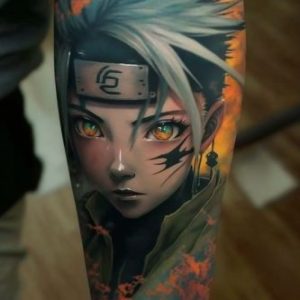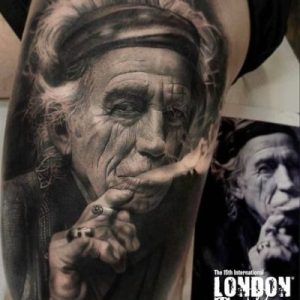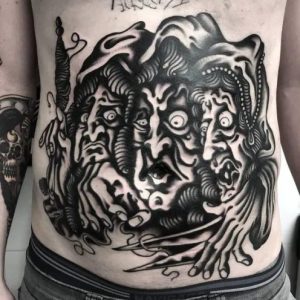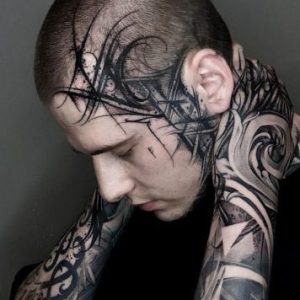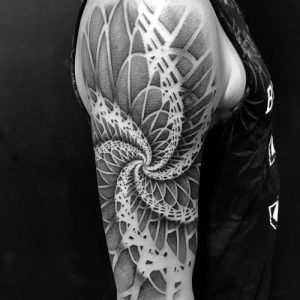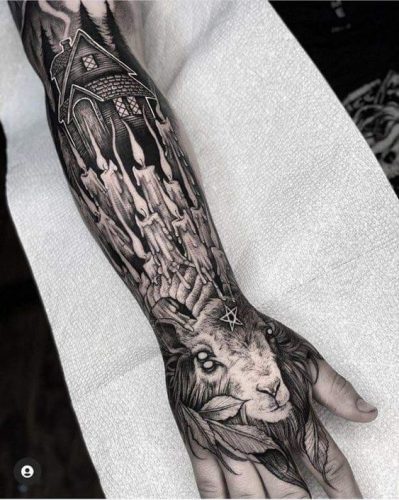
Tattoos have long been a form of self-expression, with their designs often reflecting personal beliefs, experiences, and cultural backgrounds. However, there’s a lesser-known facet of the tattoo world that delves into the supernatural, the mystical, and the intriguing connection between humans and demons.
In this article, we’ll explore the fascinating world of tattoos that bridge the realms of the human and the supernatural, and how these intricate artworks are imbued with unique meanings.
I. The Art of Demon Tattoos:
- Historical Significance: Demon tattoos have a rich history across different cultures. From Japanese Oni masks to Norse mythology, demons have played a significant role in tattoo art.
- Symbolism: These tattoos are often symbols of power, protection, or the ability to confront one’s inner demons. They may also represent a connection to the spiritual world.
- Intricate Designs: Demon tattoos are characterized by their intricate and detailed designs. The use of dark, bold lines and shading brings out the otherworldly features of these creatures.
II. Humans and Demons: A Complex Relationship:
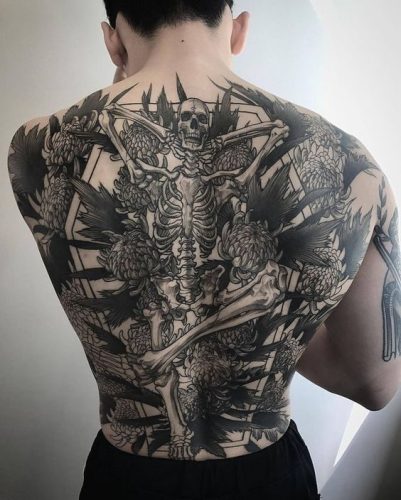
- Balancing Forces: In many mythologies, humans and demons are seen as two sides of the same coin, with tattoos symbolizing the constant struggle between light and darkness.
- Cultural Variations: Different cultures interpret the relationship between humans and demons in unique ways. Understanding these variations can provide valuable insight into the symbolism of these tattoos.
- Contemporary Interpretations: Today, people get demon tattoos for various reasons, often as a representation of personal battles or struggles they’ve overcome. The demons are metaphorical, signifying inner turmoil.
III. Types of Demon Tattoos:
- Mythical Creatures: Some tattoos depict specific demons, such as Japanese Oni, Greek Hades, or Hindu Asuras. Each has its own set of attributes and meanings.
- Abstract Art: Others opt for more abstract representations, using symbols and elements associated with demons. This allows for a more personalized interpretation.
- Combination Tattoos: Some individuals choose to combine human and demon imagery to represent the coexistence of these two realms.
IV. Tattoo Techniques and Styles:
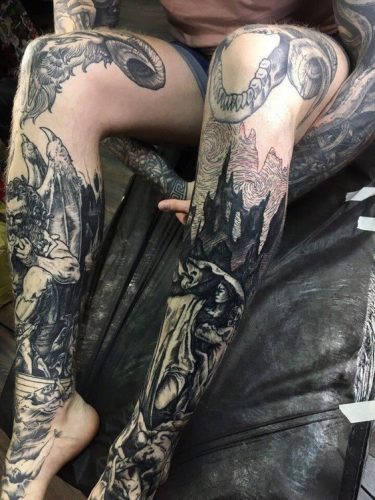
- Realism: Realistic demon tattoos require great skill to capture the intricate details of these supernatural creatures.
- Neo-Traditional: This style combines traditional techniques with modern design, making for striking and dynamic demon tattoos.
- Watercolor: Watercolor tattoos can create an ethereal and mystical look, perfect for demon-themed designs.
V. The Meaning Behind the Ink:
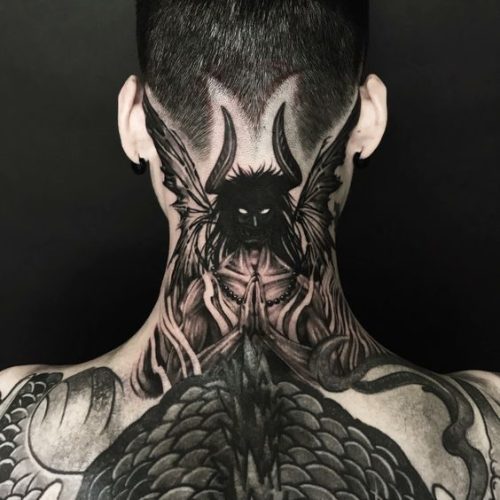
- Protection: For many, demon tattoos serve as protective symbols, warding off negative influences or inner demons.
- Empowerment: Demon tattoos can be empowering, signifying one’s ability to face and conquer challenges.
- Spiritual Connection: Some see these tattoos as a way to connect with the spiritual or supernatural, bridging the gap between humans and otherworldly forces.
Conclusion:
Tattoos are an ancient form of expression, and demon tattoos carry with them a unique blend of history, culture, and personal meaning. These intricate artworks provide individuals with a way to connect with the supernatural and express their inner struggles and triumphs.
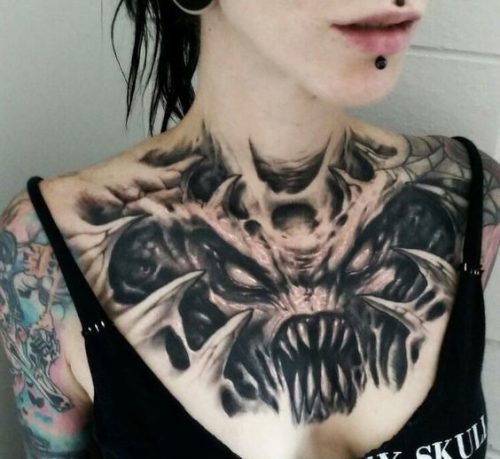
While the world of humans and demons is often shrouded in mystery, the skin becomes a canvas for these remarkable tales, intertwining the realms of the mortal and the mystical. So, whether you choose to adorn your skin with an elaborate Oni mask or a subtle abstract representation, each demon tattoo holds a story waiting to be told, offering a glimpse into the intricate world of human-demon relationships.

